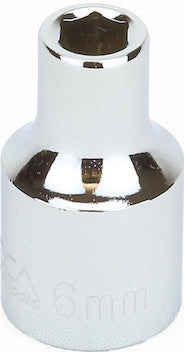Standard Socket Point
Understanding the Point Socket Standard
The Point Socket Standard is a crucial component in the world of electrical engineering and appliance compatibility. As technology advances and the demand for efficient electrical systems increases, understanding this standard becomes essential for both consumers and professionals in the industry.
What is the Point Socket Standard?
The Point Socket Standard defines the specifications for electrical sockets and plugs used for connecting devices to the power supply. This standard aims to ensure safety, compatibility, and efficiency in various electrical installations.
Importance of Compliance with Point Socket Standards
Adhering to these standards is important for several reasons:
- Safety: Compliance reduces the risk of electrical fires and short circuits.
- Interoperability: Ensures that devices from different manufacturers can safely connect to power sources.
- Energy Efficiency: Standardized connections help optimize energy consumption.
Common Types of Point Sockets
The Point Socket Standard encompasses various types of sockets, each designed for specific applications. Here are some common types:
- Type A: Commonly used in North America, with two flat parallel pins.
- Type C: Widely used across Europe, featuring two round pins.
- Type G: Found in the UK and Ireland, with three rectangular prongs.
Adopting the Point Socket Standard for Businesses
For manufacturers and suppliers, adopting the Point Socket Standard can boost credibility and customer trust. By ensuring products meet these standards, businesses can:
- Expand Market Reach: Compliance opens doors to international markets where standards are mandatory.
- Enhance Product Appeal: Customers are more likely to choose products that meet recognized safety and efficiency standards.
Future Trends in Point Socket Standards
As technology evolves, so do the standards governing electrical connections. Future trends may include:
- Wireless Charging: The integration of wireless technology poses new challenges and opportunities for standardized connections.
- Smart Technology: With the rise of smart appliances, new standards may address connectivity and efficiency in automated systems.
Conclusion
The Point Socket Standard plays a vital role in ensuring safety and compatibility in electrical systems. By understanding its significance, consumers and industry professionals can make informed decisions about purchasing and using electrical devices responsibly.























